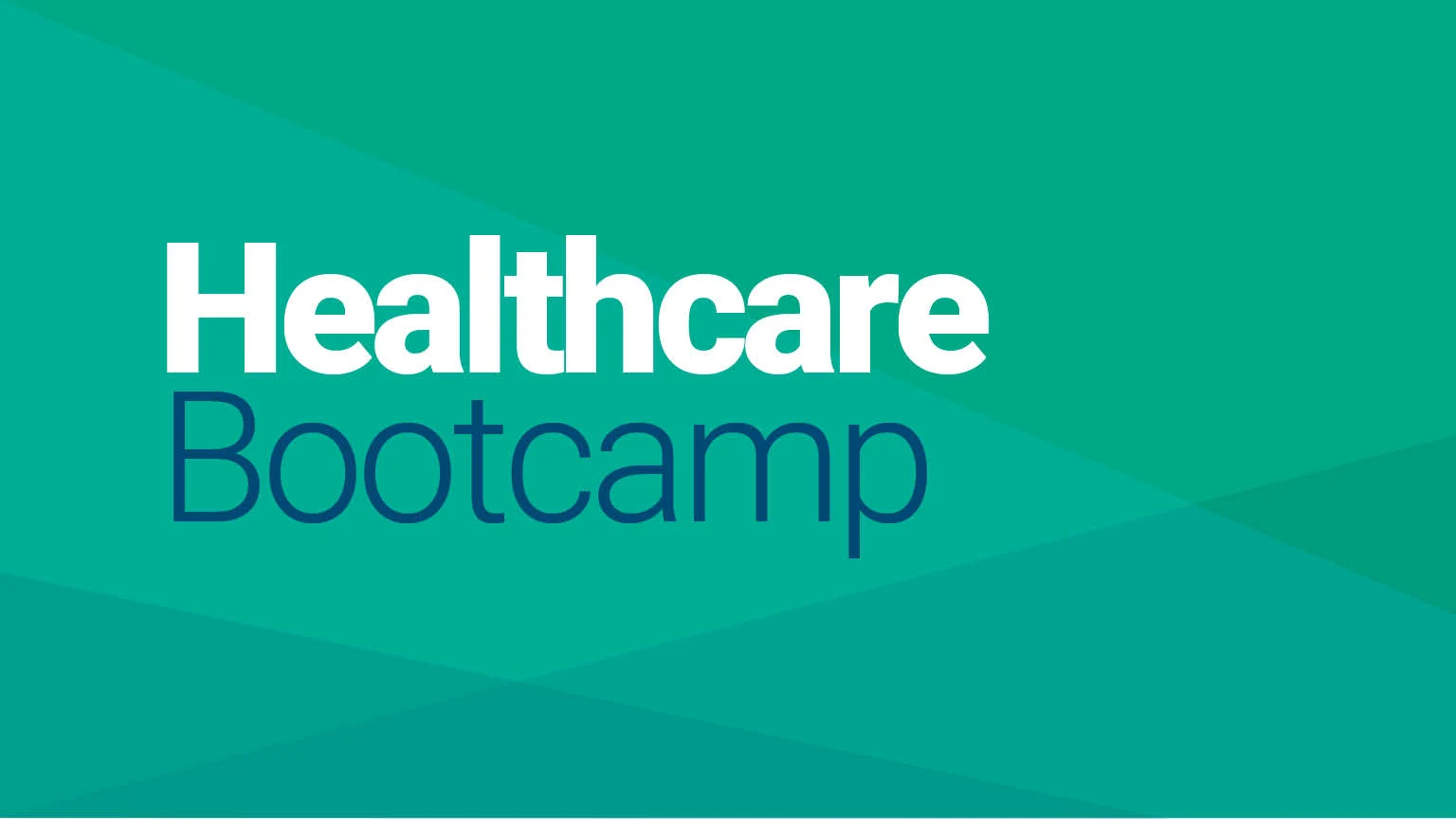Module 102 Overview and Learning Objectives
An introduction to the physician workforce, including types of physicians, how they interact with health systems, and the challenges they face.
Key Takeaways on Module 102
Primary care providers (PCP) are the first touchpoint for patients and are largely responsible for determining the extent of patient care. PCPs provide routine care outside of hospitals and contribute to patient loyalty.
Specialists provide acute, (non)surgical care to patients, typically as PCPs recommend. In fee-for-service (FFS) models, PCPs refer patients to high-revenue specialists. In value-based care (VBC) models, PCPs refer patients to high-value specialists.
Physicians practice as employed or independent providers. Health system-employed physicians work directly for a specific system. The system manages practice finances, compensation, and operational decisions for the physician. The system manages practice finances, compensation, and operational decisions for the physician. Physicians provide appropriate referrals and care coordination.
Independent physicians are employed by an organization other than a health system but can still become aligned with a specific system. Physician alignment with corporate medical groups is increasing as physicians seek an alternative to health system employment.
Advanced Practice Providers serve various roles in diagnosing and treating patients in many care settings. Categorized as physician or nonphysician, nurse practitioners are the largest part of the APP workforce. Health systems increasingly leverage APPs as permanent physicians to reduce contract labor post-Covid-19.
